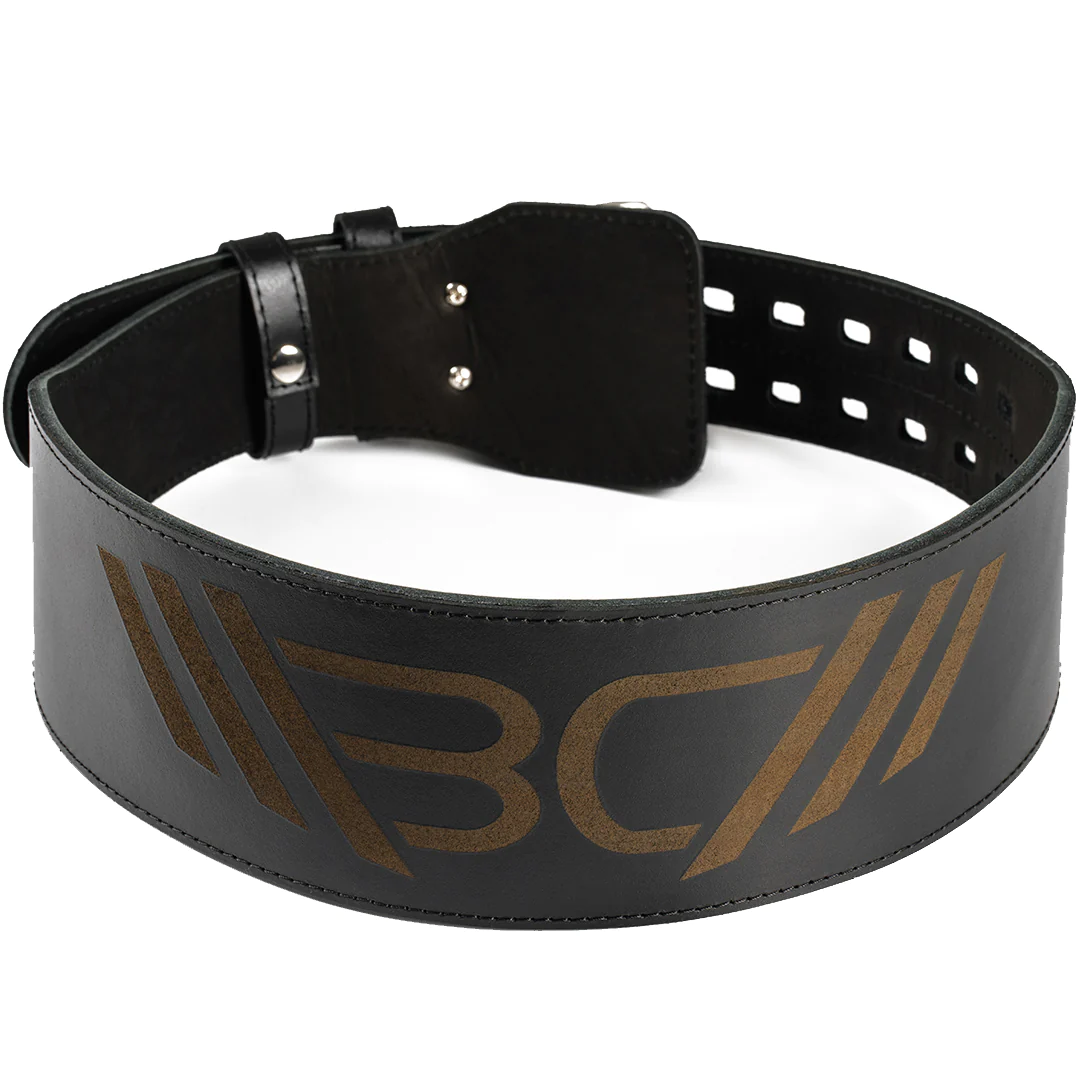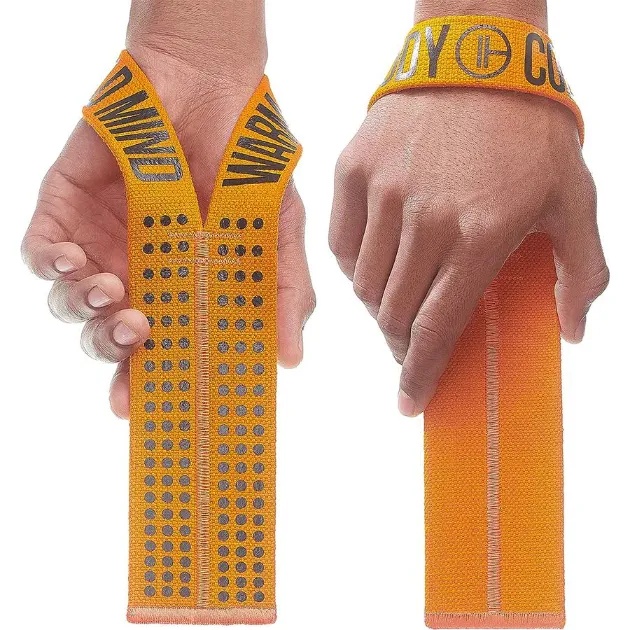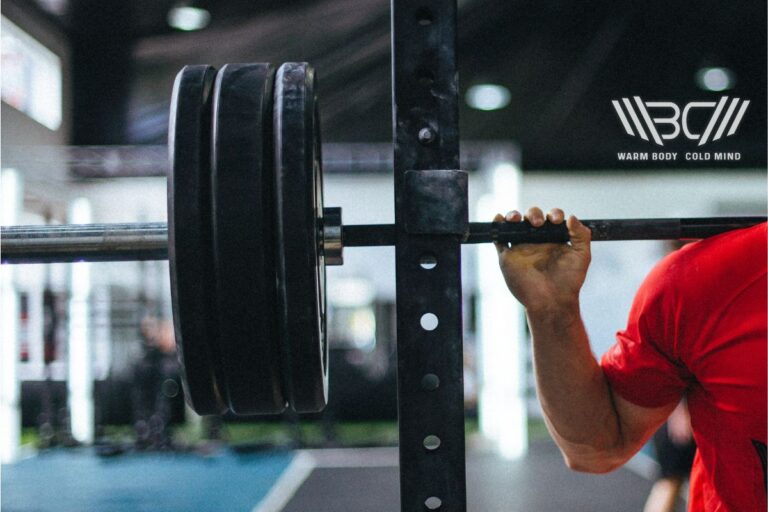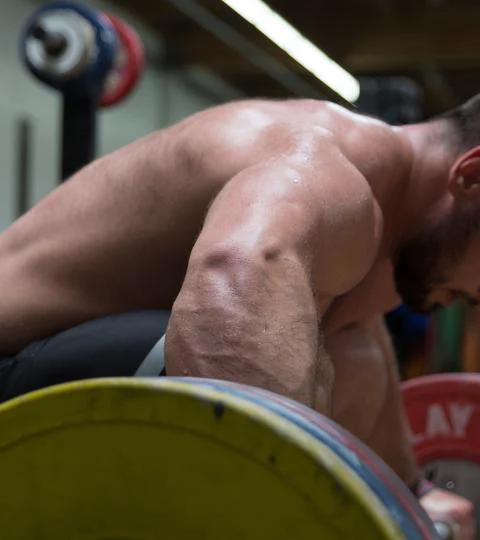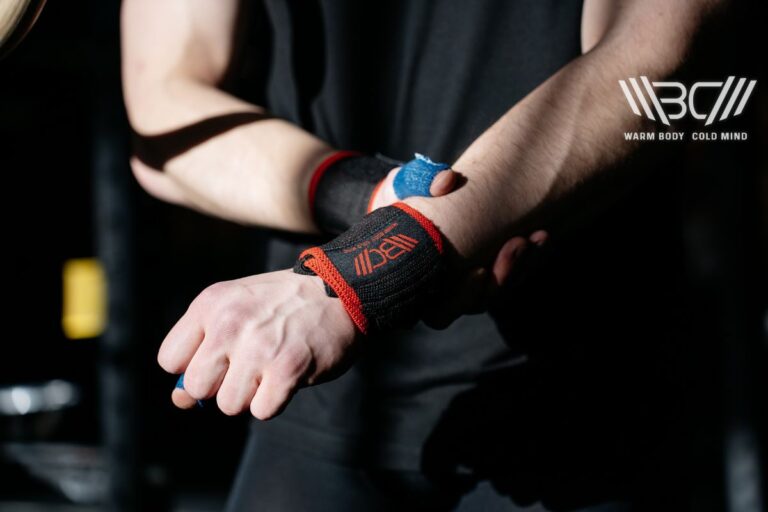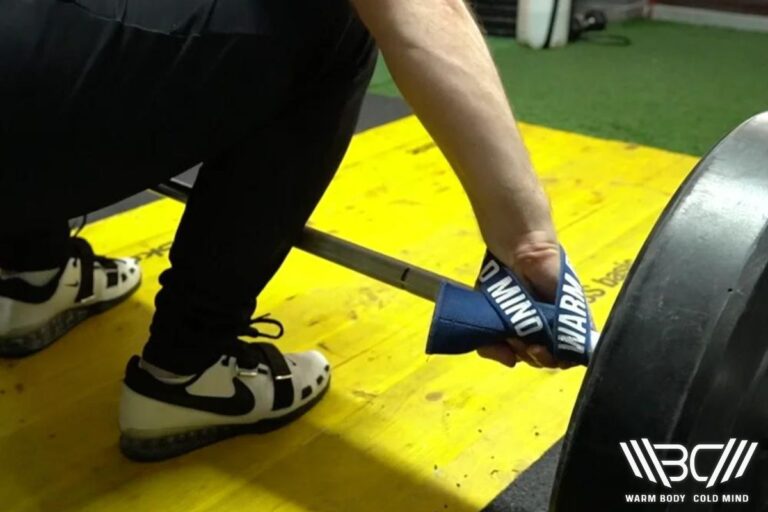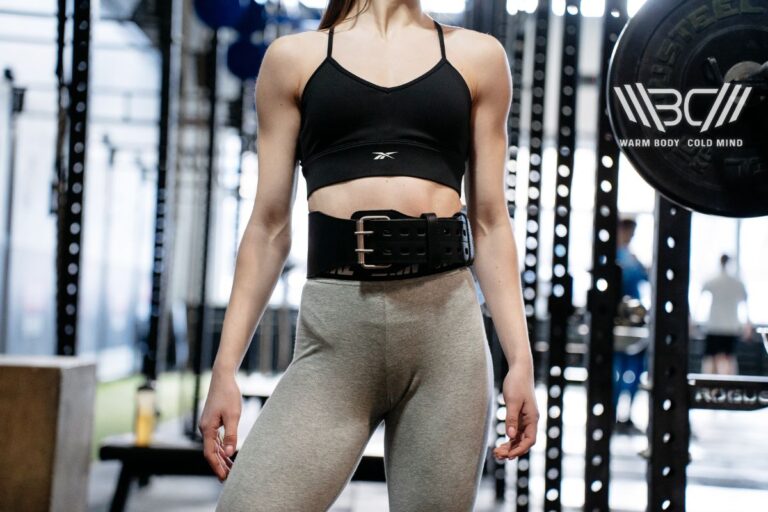4 Forearm Barbell Exercises for Grip and Muscle Strength
Reviewed by Jacek Szymanowski
Why focus on your forearms, you ask? Well, aren’t big, defined forearms nice to look at? And more importantly, forearms are important for your everyday life, so why wouldn’t you want to make them stronger?
There’s a bunch of ways to make them stronger and bigger, and one of those ways is with a barbell. The exercises are simple, but super powerful and you can adjust them however you please because barbells are just so dang versatile.
We’ll cover a range of exercises that are fantastic at targeting your forearms, and you’ll even get some tried-and-true expert tips on how to make your life easier and your forearms more impressive.
Roll up your sleeves and let’s go!
What are forearm barbell exercises? – They’re resistance training movements that target the muscles in your forearms and use a barbell as resistance. They help build grip strength, wrist stability, and forearm muscle mess in general. This can contribute to better performance in sports and daily activities.
Anatomy and Role of Forearm Muscles
You’re here for the barbell forearm exercises and not a biology lesson, we know. But take a minute or two to get familiar with the muscles you’re working with because it can help you get the most out of your exercises.
Your forearms are made up of several muscles that all work together to control the movement in your wrists and fingers. The muscles are divided into two main groups – flexors on the underside (palm side) and the extensors on the top (back side).
The flexors include muscles like the flexor digitorum superficialis and flexor digitorum profundus, which control finger movements like gripping and bending. Another thing they do is to allow your wrists to curl in.
The extensors (extensor digitorum, extensor carpi radialis, …) extend your fingers and wrists, which makes it possible for you to open your hand and straighten your wrist.
It’s important to have strong forearms, and when you really think about it, you’ll notice that forearms are essential for a lot of different things. Lifting objects, holding onto weights when you work out, typing, writing… It would be easier to think of something that your forearms are not included in than vice versa.
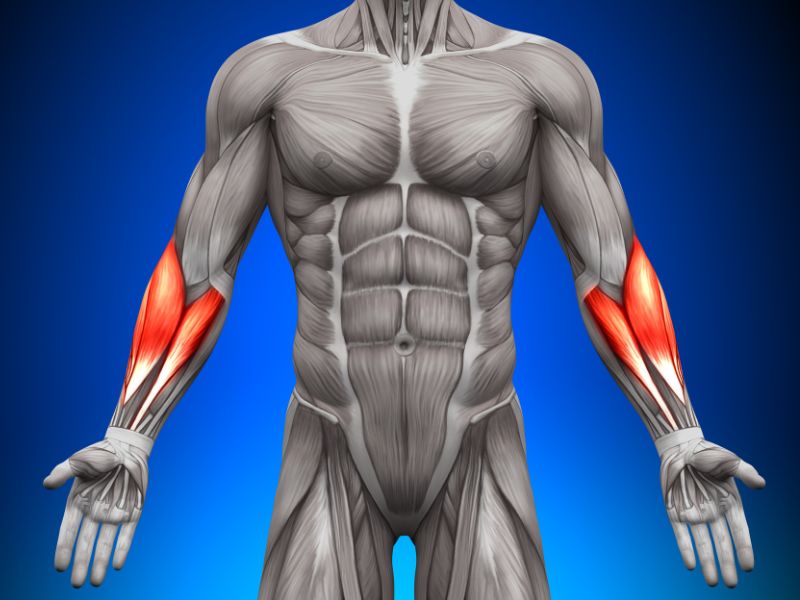
Why Barbell – Compound and Isolated
Barbells are very versatile and allow you to progressively load weight, which is exactly what you need if you want to see results.
Compound movements will engage a lot of muscle groups at the same time and, in addition to forearms, they’ll challenge your shoulders, upper arms and core for stability. This is great for overall strength development and functional fitness.
Isolated movements, like barbell forearm curls, target specific muscles in your forearms and allow for focused strength and development.
There’s also the matter of grip strength. Since you need to hold and control the barbell during exercises (which is challenging), the strength of your grip will improve, and that will benefit the development of your forearms.
Barbell is the way to go, whether your goal is to get big forearms, improve the strength of your grip, or improve the strength of your upper body.
4 Barbell Forearm Essential Exercises
Let’s cover the top four barbell forearm exercises you can do in order to get those big forearms everybody likes to see!
1. Deadlift
- Muscles worked: Lower back, glutes, hamstrings, forearms, traps, abs
- Variations: Sumo deadlift, Romanian deadlift, trap bar deadlift
- Alternatives: Hex bar deadlift, rack pulls
- Equipment: Barbell
- Sets & Reps: 3 x 6-8
If you’ve ever even tried doing a deadlift, you noticed how much it challenges your grip – and that’s exactly why they’re good for forearms. Not only are deadlifts going to improve the strength of your grip, but they’ll also engage your forearm muscles.
Deadlifts will increase the strength of your entire body, as well as your muscle mass. Their primary target is the erector spinae, but because of the gripping component, your forearms get quite a workout, too.
Hex bar deadlift and rack pulls are good alternatives, and the hex bar will usually allow you to lift heavier, which results in more grip stimulation.
If you feel discomfort in your lower back, wearing a weightlifting belt during your training sessions may be helpful, but can’t be a solution for underlying injury or health problems.

Enhance your strength training with Warm Body Cold Mind leather weightlifting belt providing exceptional support and durability.
It’s designed to provide extra support when you lift weights that go above ~75% of your 1RM, and help prevent injuries by stabilizing the lower back and encouraging proper posture. But keep in mind that the belt is not a substitute for correct form.
If you struggle with technique, the best approach is to reduce the weight and focus in improving your form. In addition to this, a belt can serve as a tactile cure and help you learn how to properly brace your core and regulate your breathing during lifts. Opting for a mixed grip may help some, too.
Here’s How to Do a Deadlift:
- Stand tall with feet hip-width apart and your midfoot under the barbell
- Bend at the hips and knees and grip the bar with hands shoulder-width apart
- Keep your back straight and lift the bar by extending your hips and knees
- Stand tall with the barbell in hand
- Lower the barbell back to the ground in a controlled manner
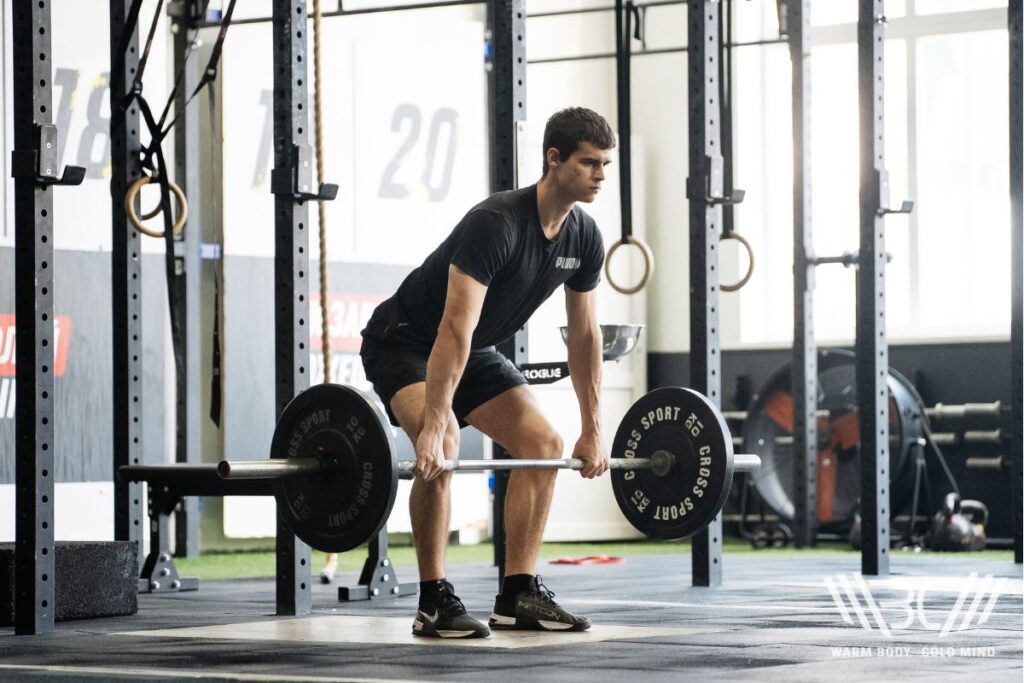
2. Barbell Row
- Muscles worked: Upper back, lats, forearms, biceps, shoulders
- Variations: Underhand barbell row, T-bar row, Pendlay row
- Alternatives: Dumbbell row, seated cable row
- Equipment: Barbell
- Sets & Reps: 3 x 8-12
This is another forearm barbell workout that needs a really strong grip which, in turn, strengthens the muscles in your forearms. Barbell rows focus a lot on your back, but don’t mistake this for just a back workout. There’s some significant engagement seen in the forearms.
There are a few good alternatives to barbell rows, like the seated cable row, which provides continuous tension and is easier on your grip. Still, barbell row engages your forearms more because of the need to stabilize and control a free weight.
If you struggle with grip and you’re dead set on doing barbell rows, lifting straps can make it easier. Even though it might seem counterintuitive to use straps, they’ll help you maintain a firm grip, so you’ll be able to focus more on the workout without being distracted by discomfort.

Olympic Weightlifting Straps V1
Enhance your weightlifting experience with premium Warm Body Cold Mind Olympic lifting straps.
Ideally (of course), you should definitely strain without lifting straps, if you’re planning on building your forearm muscles. But (and there’s always a but somewhere), if your grip is the limiting factor during lifting, straps can be the tool that helps with both safety and form.
With that being said (if you’re using lifting straps), with time, as your grip improves, you should definitely reduce your dependency on straps.
If you do not want to rely on lifting straps, at all (or you don’t have them), you can also focus on specific grip-enhancing exercises such as pinch grips, static holds, wrist curls, dead hangs, the popular farmer’s walk, or even utilizing tools such as hand grippers. Back to barbell rows.
Here’s How to Do a Barbell Row:
- Bend at the waist with a slight bend in your knees
- Hold the barbell with an overhand grip, hands shoulder-width apart
- Pull the barbell towards your lower rib cage and keep your elbows close to the body
- Lower the barbell back to the starting position slowly
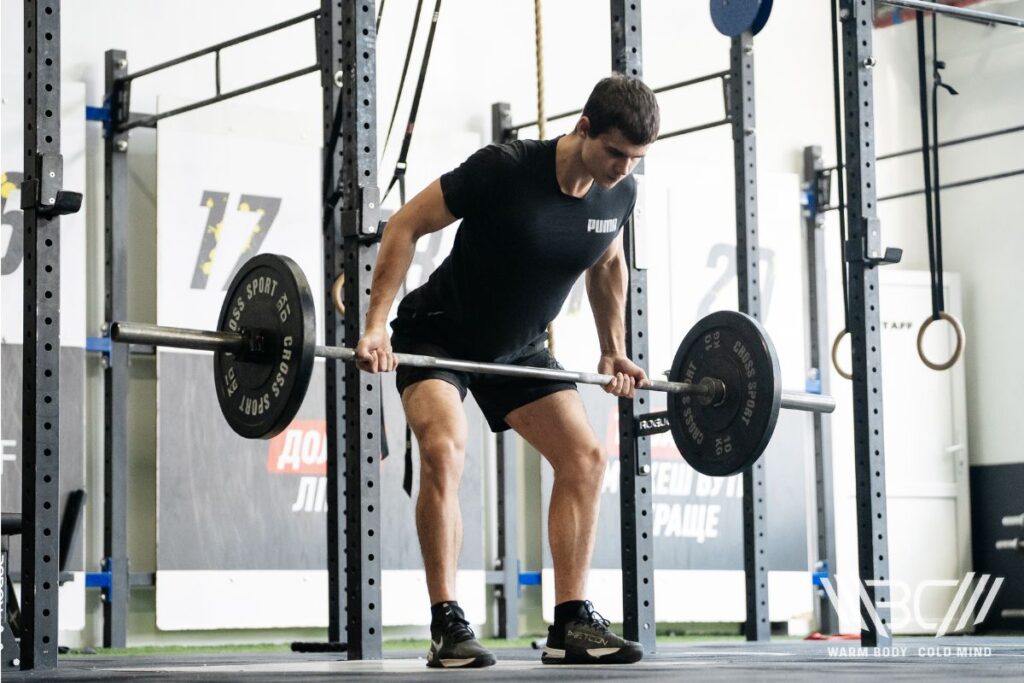
3. Behind Back Barbell Finger Curls
- Muscles worked: Forearm flexors
- Variations: Seated finger curls, dumbbell finger curls
- Alternatives: Wrist curls, reverse wrist curls
- Equipment: Barbell
- Sets & Reps: 3 x 12-15
This barbell forearm workout will target your forearm flexors and it will increase the mass of your forearms and improve the strength of your grip. While there are good alternatives to this exercise, like wrist curls, behind back barbell finger curls are more focused on your forearms and give you a greater range of motion and tension.
It’s Very Simple to Do, Here’s How:
- Stand with your back to a loaded barbell
- Reach behind you and grip the barbell with both hands
- Curl your fingers to roll the bar towards your palms
- Slowly uncurl your fingers to lower the bar

4. Reverse Biceps Curls
- Muscles worked: Brachioradialis (forearm), ,brachialis, biceps
- Variations: EZ bar reverse curls, hammer curls
- Alternatives: Standard bicep curls, cable reverse curls
- Equipment: Barbell
- Sets & Reps: 3 x 8-12
Reverse biceps curls’ main target is the brachioradialis, which is a major muscle in your forearm. They focus more on your forearms than standard bicep curls, which mainly target your biceps.
Over time, this exercise will improve your arm aesthetics and function.
It’s Another Super Simple Exercise, Here’s How You Do It:
- Stand with feet shoulder-width apart
- Hold the barbell with an overhand grip, hands shoulder-width apart
- Keep your elbows close to your body and curl the bar towards your chest
- Lower the barbell back slowly to the starting position
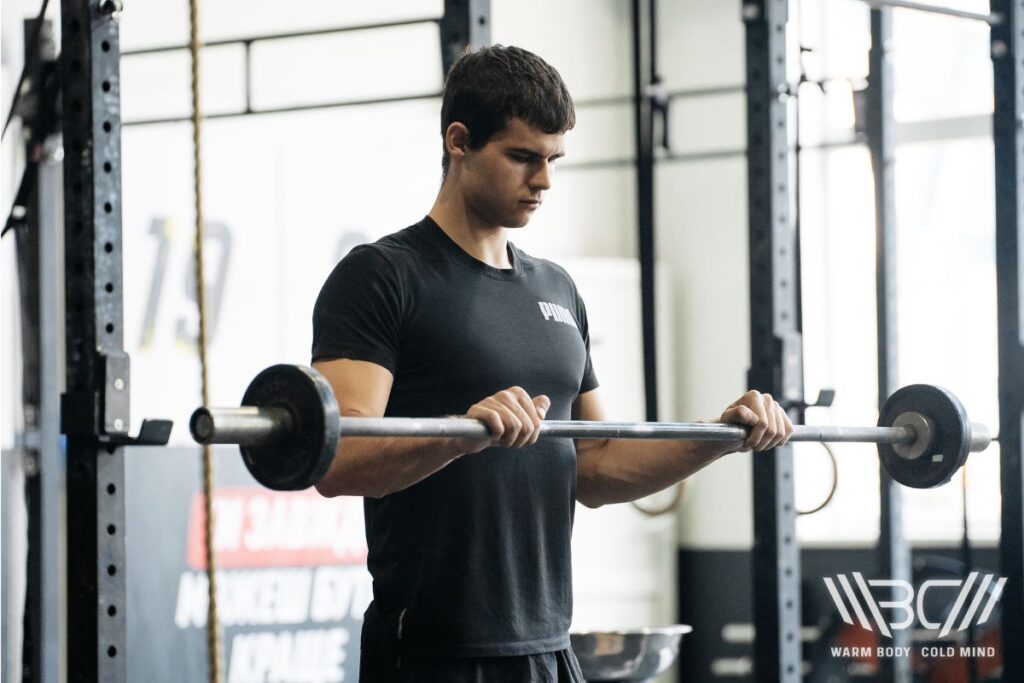
How to Incorporate Forearm Training Into Your Routine?
Forearms get neglected sometimes, but a well-rounded training routine needs to pay some attention to them, not only because it will positively affect your looks, but because strong forearms will improve your grip strength and prevent injuries.
If you already have an established routine, here’s how to include forearm barbell exercises in it.
1. Technique
It all starts with technique. It prevents injuries and makes the workout effective, so before you start doing anything intense, make sure to get the technique down.
Forearm muscles can be tricky to target and improper form can shift the focus away from these muscles to something more dominant, like shoulders and biceps.
2. Total Volume
The volume, which includes the number of sets and reps, is very important for strength and muscle development. Forearms may like higher volume. The concept of volume ranges from the minimum effective volume necessary for progress to the max volume you can efficiently recover from.
Train your forearms anywhere from once to several times a week, but make each session align with your overall weekly volume capacity. You could include forearm training in every session but adjust the intensity and volume based on what you can recover from.
For maximum results, do forearm workouts at the beginning of your session when your energy levels are the highest.
3. Application for Specific Goals
Intensity should line up with your goals, so think about what you want to get from your training – bigger muscles, more strength, or improving endurance.
If you’re after strength, increase the weight and reduce the reps (up to 6 reps per set) and focus more on movements that will target and tire your forearms out, not other muscles.
If you want to work on your endurance, it will involve more than just reps. Aiming for higher reps is a good start, but you also need to focus on the work-to-rest ratio and include exercises that specifically target the forearms.
Muscle growth needs proper volume, including a sufficient number of reps near or to failure, within a rep range of 6 to 25 or 30, as well as adequate recovery. Don’t be afraid to ask for help in that matter if you struggle to build your program.
Subscribe!
Get useful tips, expert insights, and in-depth analysis of training programs & nutrition plans to get the most out of your performance.
4. Safety
As with any workout, safety is key. It might not seem like it at first, but wrist strains, muscle strains, tendinitis, or even something like epicondylitis, carpal tunnel syndrome are all possible if you’re not careful when performing forearm exercises (especially those that involve weights). Even something as rare as stress fractures is possible.
In order to prevent (or at least minimize) all of the above, some precautionary steps are strongly recommended. The most important safety tip is – warm-up. There is no way around it. Take your time in preparing your wrists and forearms (which will be affected the most by these exercises).
Another important thing to do (in order to maximize safety) is to incorporate mobility exercises and stretching. Mobility exercises/drills will boost the range of motion and flexibility of the wrist joints, which is crucial when it comes to injury prevention caused by repetitive stress.
Stretching after workouts will also improve flexibility and help reduce tension in the muscles and tendons that are being used.
Also, pay close attention to your form. Improper form can affect you negatively in the long term (plus, it’ll surely diminish the effectiveness of the actual workout). Don’t overdo it with too much weight. Start light, and increase the intensity gradually.
And if you feel pain (especially sharp intense pain), it is safest to not push though it, but instead slow down or rest a bit and evaluate the situation. If the pain persists, then it is safest to end the workout for the day, and let your muscles recover.
Conclusion
There’s nothing left to do but grab that barbell and give your forearms the workout they deserve!
Consistency combined with proper form will get you the results you want, but don’t forget about recovery. Rest days are important, so include some purposeful recovery into your routine as well.
When it gets tough (and it will because otherwise, you’re not doing it right), keep your mind fixed on the goal and you’ll push through anything. Whatever you’re training for, the barbell can help you, even if you’re a beginner and it intimidates you.
What do you do to keep your forearms looking nice and defined? Any forearm workouts with a barbell or accessories you want to recommend? Why do you think strong forearms matter?
Share your thoughts and we’ll keep the conversation going in the comment section!
Here’s to stronger forearms and a stronger you – Cheers!
References:
- Cheryl Whitten “How to Do a Barbell Row,” WebMD, https://www.webmd.com/fitness-exercise/how-to-do-barbell-row (accessed May 7th, 2024).
- Daniel Plotkin, Max Coleman, Derrick Van Every, Jaime Maldonado, Douglas Oberlin, Michael Israetel, Jared Feather, Andrew Alto, Andrew D. Vigotsky, Brad J. Schoenfeld “Progressive Overload without Progressing Load? The Effects of Load or Repetition Progression on Muscular Adaptations.” Sports Medicine and Rehabilitation, September 30th 2022.
- Health Promotion Board (HPB) “Prevent Injuries with Proper Form During Workouts,” Singapore University Health Center, https://www.nus.edu.sg/uhc/articles/details/prevent-injuries-with-proper-form-during-workouts (accessed May 7th, 2024).
- Jedd Pratt, Arianna Hoffman, Adam Grainger, Massimiliano Ditroilo “Forearm Electromyographic Activity during the Deadlift Exercise Is Affected by Grip Type and Sex.” Journal of Electromyography and Kinesiology 53 (2020): 102428.
- Mayo Clinic Staff “Weight training: Do’s and don’ts of proper technique,” Mayo Clinic, https://www.mayoclinic.org/healthy-lifestyle/fitness/in-depth/weight-training/art-20045842 (accessed May 7th, 2024).
- Photos by WBCM Media team; photo by @decade3d, Canva.
Author: Sergii Putsov
PhD in Sport Science, Olympic weightlifting, Strength & Conditioning coach and fitness expert
Sergii Putsov is a professional weightlifter with over 20 years of experience and multiple national medals. He was a member of the National weightlifting team, competing in the 94 kg weight class. Sergii holds a master’s degree in Olympic & Professional Sport Training and a Ph.D. in Sport Science. After his athletic career, Sergii transitioned into coaching and is now responsible for designing training programs, writing blog articles, providing live commentary for international weightlifting competitions, and hosting sport and fitness seminars worldwide.
Reviewed by: Jacek Szymanowski
Performance architect, S&C movement specialist.
Jacek Szymanowski is a highly respected sports nutrition expert with a Master’s degree in Biotechnology. His innovative approach combines lifting and fighting strategies to help athletes optimize their performance. As a Strength and Conditioning Movement Specialist, he is dedicated to reducing injuries in athletes. His specialist training in Nutrition for Athletes equips him to provide expert advice on dietary habits and nutrition for peak performance.


